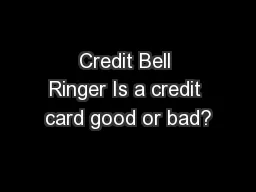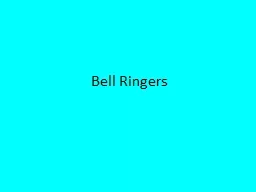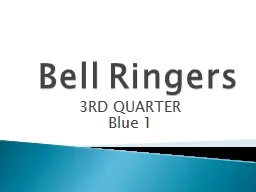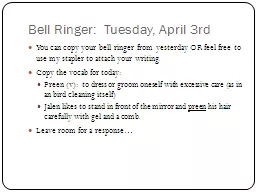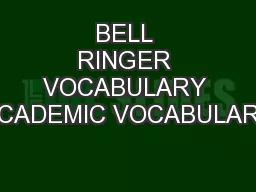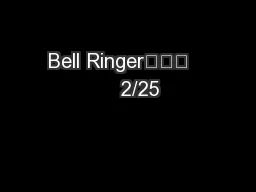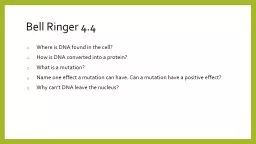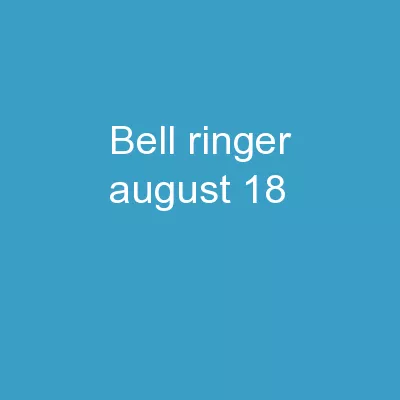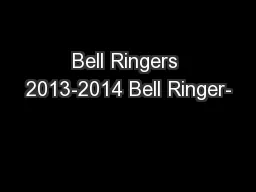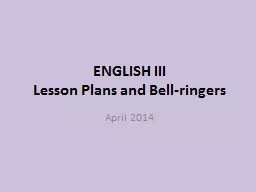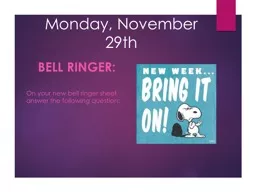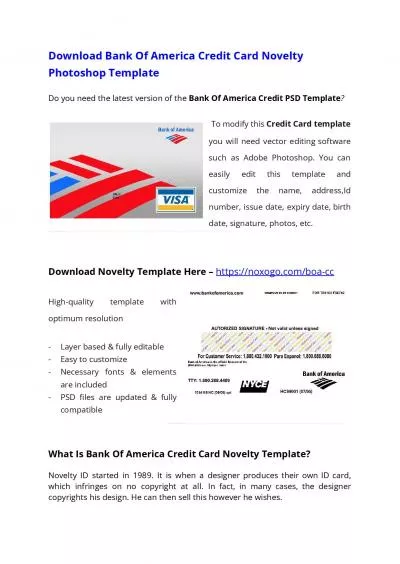PPT-Credit Bell Ringer Is a credit card good or bad?
Author : karlyn-bohler | Published Date : 2018-11-08
What would be considered good credit On average how many credit cards does the average household have How do credit cards make money Video Who are credit card companies
Presentation Embed Code
Download Presentation
Download Presentation The PPT/PDF document "Credit Bell Ringer Is a credit card good..." is the property of its rightful owner. Permission is granted to download and print the materials on this website for personal, non-commercial use only, and to display it on your personal computer provided you do not modify the materials and that you retain all copyright notices contained in the materials. By downloading content from our website, you accept the terms of this agreement.
Credit Bell Ringer Is a credit card good or bad?: Transcript
Download Rules Of Document
"Credit Bell Ringer Is a credit card good or bad?"The content belongs to its owner. You may download and print it for personal use, without modification, and keep all copyright notices. By downloading, you agree to these terms.
Related Documents

